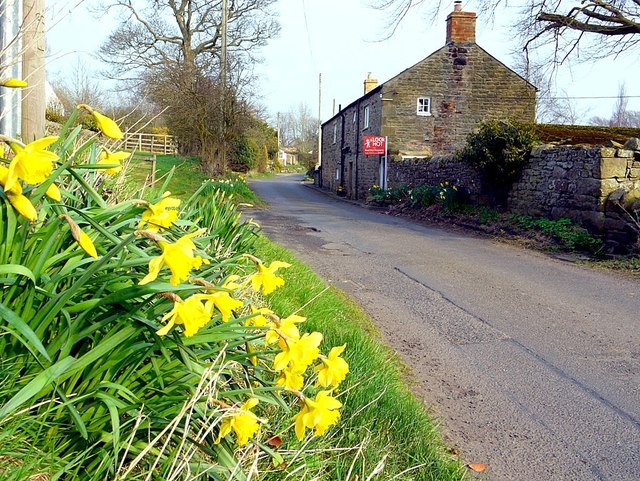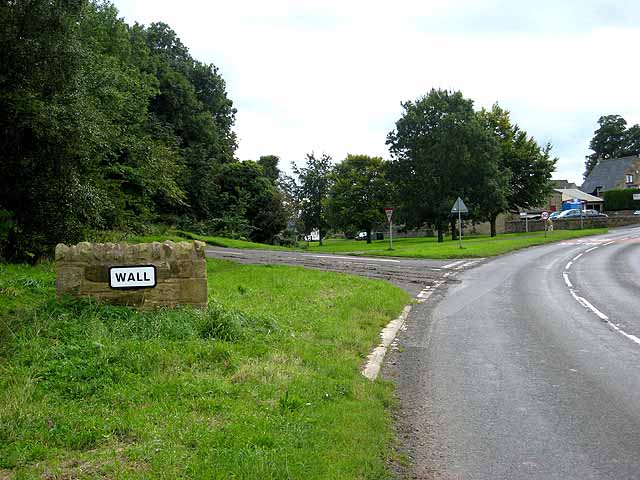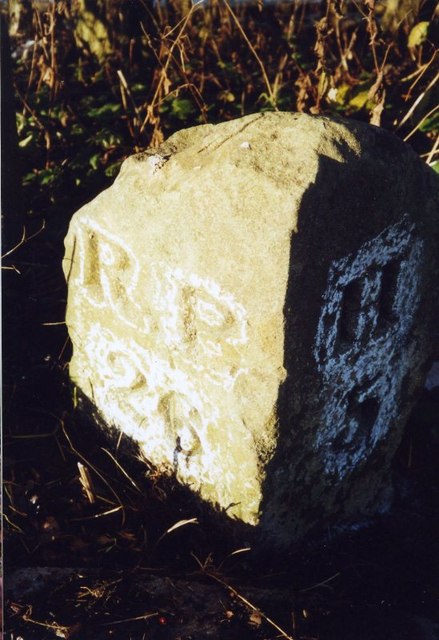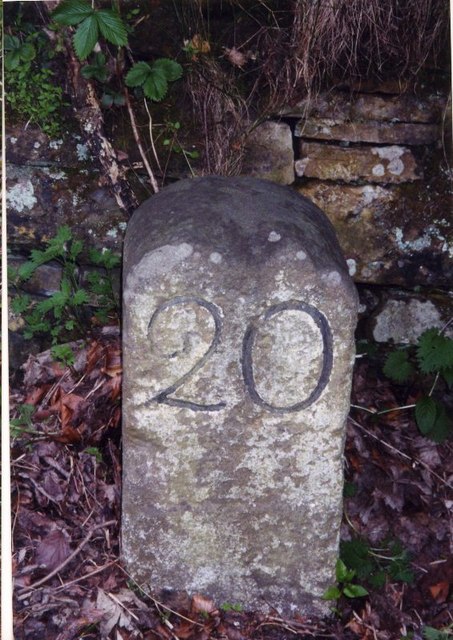Topics > Northumberland > Thorngrafton > Thorngrafton Township, 1848
Thorngrafton Township, 1848
THORNGRAFTON, a township, in the parish and union of Haltwhistle, W. division of Tindale ward, S. division of Northumberland, 5 miles (E. by N.) from Haltwhistle; containing 272 inhabitants. The township is bounded on the south by the river Tyne, on the west by Bardon burn, to Craig lough, and on the north by the Roman Wall. It comprises 2,891 acres, of which 1,710 are common or waste. The surface rises gradually from the Tyne; and the highlands, with five fine lakes in the vicinity, render the prospects in many places varied and beautiful: the soil is rather gravelly, and produces good barley and turnip crops. The common, which contained about 1500 acres, was inclosed pursuant to an act passed in 1793. A small land-sale colliery is in operation; and there are excellent limestone and freestone quarries, from which latter large blocks were taken for the Newcastle and Carlisle railway, in the immediate vicinity. Chesters-Holme, a beautiful cottage-ornee, situated at the western verge of the township, in a lovely and sequestered spot, on the Chinely burn, was built in 1832 by the late Rev. Anthony Hedley, a friend of Sir Walter Scott's, and well known in the county as an antiquary and a scholar. It stands on the margin of a stream dashing over a rocky bed, and at the foot of Barkham, a high and steep hill covered with black heath, and which ranges west to east behind the long and straggling hamlet of Thorngrafton. On the top of this hill is a lofty pillar, commanding extensive views of the Tyne vale, Ridley, and the Roman Wall. In the township is House Steads, the site of the remarkable Roman station Borcovicus, near which the Wall passed. It occupies the brow of a rocky eminence, on whose western declivity are several terraces, one above another; the area of the fort, on the north side, is level, but on the south exhibits vast and confused heaps of ruins. In the neighbourhood are foundations of houses, and traces of streets, squares, baths, &c., extending over several acres, and to the distance of two miles and a half. On Chapel Hill, a little to the south, are the remains of a temple of the Doric order, among which have been discovered altars, sepulchral inscriptions, and curiously-carved figures in relief. Near House Steads is a place of worship for Independents.
Extract from: A Topographical Dictionary of England comprising the several counties, cities, boroughs, corporate and market towns, parishes, and townships..... 7th Edition, by Samuel Lewis, London, 1848.
Thorngrafton bacame a Civil Parish following the Poor Law Amendment Act of 1866. The civil parish was abolished in 1955 and absorbed into the newly created Bardon Mill Civil Parish.









